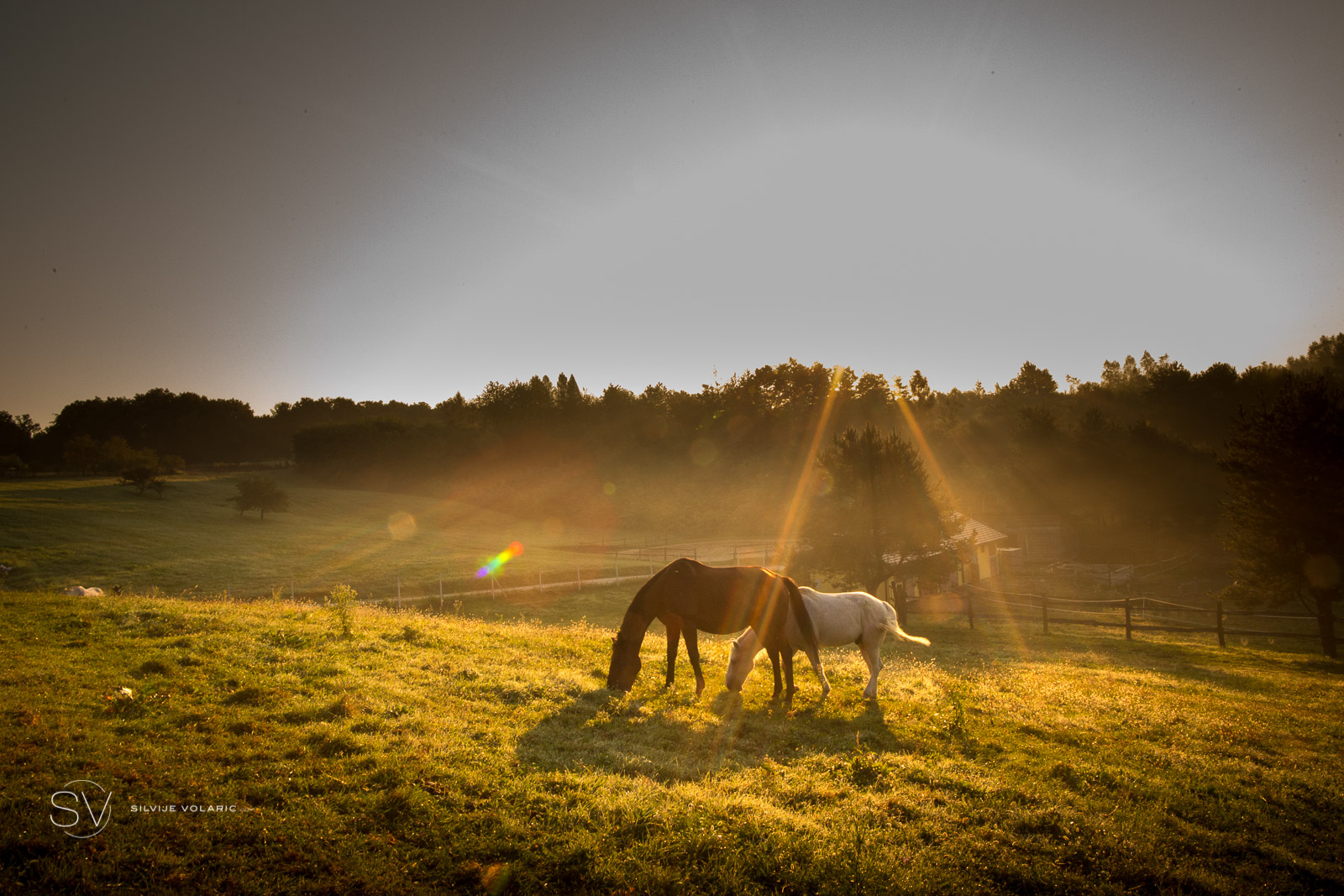Communication among horses is intricate and diverse, encompassing body language, facial expressions, sounds, and other gestures. These signals are utilized to convey information about emotions, intentions, social status, and other crucial factors in interactions among horses.
Body Language:
Tail: The horse's tail is one of the most important parts of the body used for communication. A raised tail may indicate excitement or alarm, while a lowered or tucked tail may suggest relaxation or discomfort. Ears: Horses can exhibit different ear positions depending on their emotional state. For example, upright ears usually indicate attention or interest, while ears pinned back may indicate stress or aggression. Movement and Body Position: Walking, running, or the posture of a horse's body can convey information about their mood and intentions. For instance, rapid running may indicate excitement or fear, while slower movement may indicate relaxation or fatigue.Facial Expressions:
Eyes: The eyes of a horse can be indicative of their emotional state. Wide-open eyes typically signal excitement or alarm, while half-closed eyelids may indicate relaxation or fatigue. Nostrils: The position of a horse's nostrils can also be a clue to their emotions. Flared nostrils often indicate attention or interest (curiosity or stress), while nostrils pointing downwards may indicate tiredness or the release of stress.Sounds:
Snorting and Whinnying: Horses often use various sounds as part of their communication. Snorting or whinnying may indicate contentment or friendly/hostile mood. These are just some of the ways horses communicate with each other. Understanding these signals is crucial for establishing an effective communication channel with horses and for creating harmonious relationships within groups or in interaction with humans.Energy Communication:
Represents a subtle form of communication between horses and between horses and humans, occurring through the transmission of energy or vibrations. This type of communication is based on recognizing and interpreting energetic signals emitted through the emotional and energetic field of each individual. Energy communication is an important aspect of the relationship between horses and humans, often used in training, therapy, and working with horses to establish a deeper connection and understanding between them. This type of communication emphasizes the importance of intuitive and emotional connection between horses and humans, which can contribute to a more harmonious and effective interaction with these magnificent animals.
These are just some of the ways horses communicate with each other. Understanding these signals is crucial for establishing an effective communication channel with horses and for creating harmonious relationships within groups or in interaction with humans.
